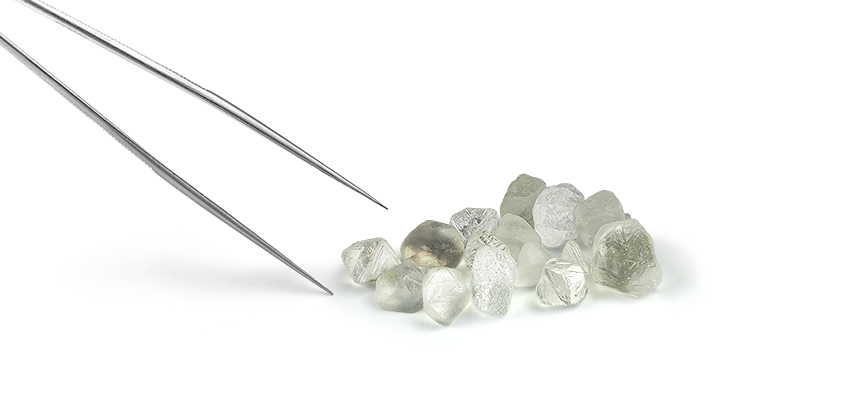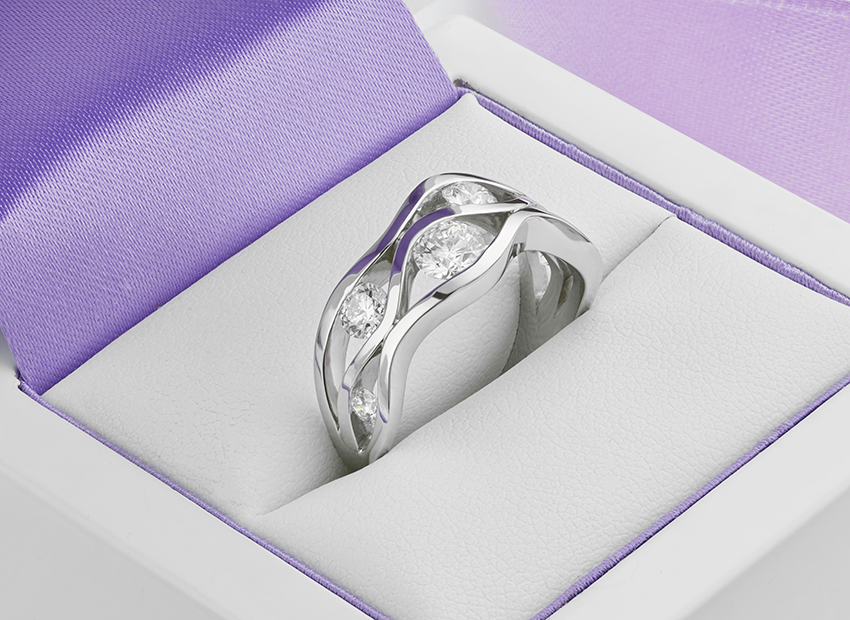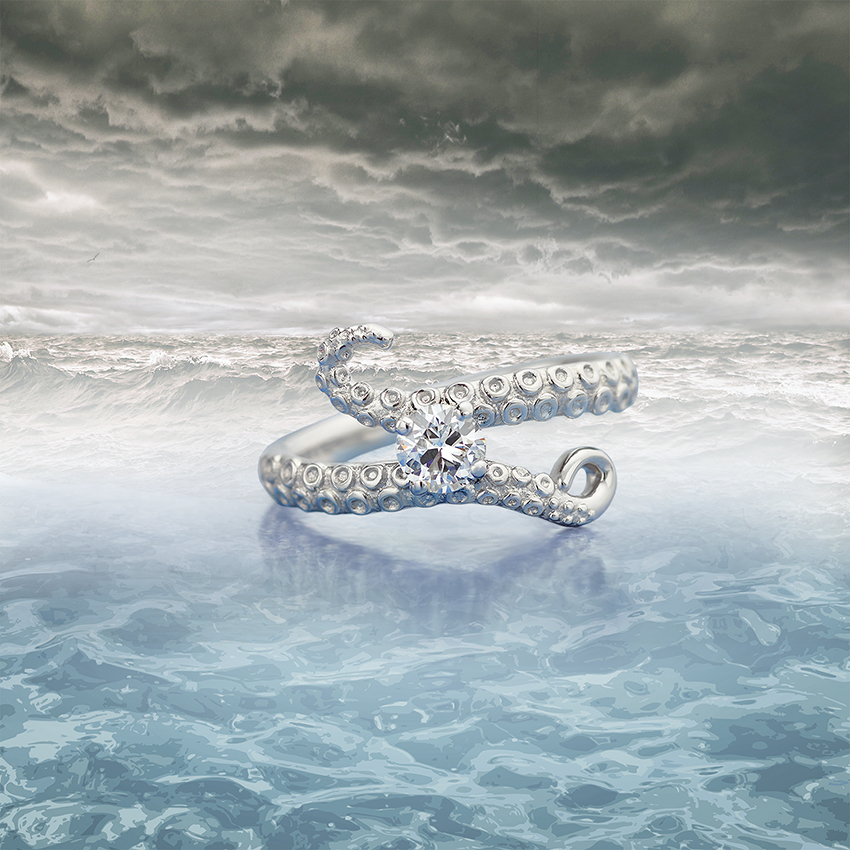What is a diamond of the first water?
In gemmology, the term first water represents a diamond of the finest quality. In fact, experts assess diamond clarity by their translucence—the closer to water, the higher the quality.
Origins comparisons and River diamonds
Some of the finest diamonds discovered came from rivers and alluvial deposits. In fact, many such diamonds revealed high clarity and fine colour. As a result, some diamonds were simply called “River diamonds” for this reason.
Other deposits of alluvial diamonds occur on the Ocean’s bed. For example, as a result of volcanic activity below the sea floor. Regions of the Atlantic and Namibian coasts as examples of such diamond-producing regions.
Traditional diamond terminology
The term “River” was used before GIA standardised grading and the introduction of specific letters for colours. For example, D colour represented the very whitest diamond colour available.
The following chart shows a comparison between traditional and standardised terms. For example, the left column provides the colour reference used today. In contrast, the old designation shows traditional terms used by many jewellers.
| GIA Color | Old Designation | Description |
|---|---|---|
| D | Jager (Jagerfontein Mine, South Africa) | Colorless – Extremely rare and pure white. |
| E | River (river bed/alluvial deposits) | Colorless – Almost no trace of color. |
| F | River | Colorless – Slight hint of color. |
| G | Top Wesselton (Wesselton Mine, South Africa) | Near Colorless – High-quality white. |
| H | Wesselton | Near Colorless – Fine white. |
| I | Top Crystal | Near Colorless – Slight warmth. |
| J | Crystal | Near Colorless – Warmer tone. |
| K | Top Cape | Noticeable Color – Beginning of faint color. |
| L | Top Cape | Noticeable Color – Light color. |
| M | Cape | Noticeable Color – Light yellow or brown. |
| N | Low Cape | Noticeable Color – Deeper yellow or brown. |
| O | Very Light Yellow | Light Color – Noticeably yellow. |
| P-Z | Light Yellow | Light Color – Increasingly yellow. |
The origin of this outdated term comes from the 1753 edition of Chambers’s Encyclopaedia.
“The first water in Diamonds means the greatest purity and perfection of their complexion, which ought to be that of the clearest drop of water. When Diamonds fall short of this perfection, they are said to be of the second or third water…
Shakespeare and the diamonds of a most praised water
In addition, the connection between diamonds and water can also be identified within one of the best examples, from the works of William Shakespeare. Found within Pericles, Prince of Tyre, from 1607 /1608.
“Heavenly jewels which Pericles hath lost,
Begin to part their fringes of bright gold.
The diamonds of a most praised water
Doth appear, to make the world twice rich.”
Bridgerton, and other uses of a diamond of the first water
Beyond gemmology, the description of first water applies to the highest quality or most extreme example of a person or thing. For this reason, the antiquated term was captured in the first episode of the first season of Bridgerton.
In fact, historically, other sources use this same term applied generically to beautiful women but rarely reference individual people. However, in this episode, the reference is applied to the character Daphne Bridgerton.
Diamonds, water and ice.
The Ancient Greeks believed diamonds were tears of the Gods. One of the oldest terms in diamond grading draws upon a striking similarity between water and diamonds. Furthermore, diamonds in their rough state bear a resemblance to crystals of ice.

Diamonds of the First Water and Clarity
Despite the term “River” associated with F colour diamonds, clarity plays a most important role. Diamond colour defines the whiteness of a diamond. In contrast, clarity relates to the transparency of a perfectly clear drop of water. For this reason, the closer a diamond appears to pure water, the higher its value.
We describe a diamond without internal blemishes as Internally Flawless. At the same time, we call a blemish-free diamond (internally and on the surface) Flawless.
The Ocean as inspiration for jewellery design
Water themes continue to inspire jewellery design—from the Ocean to wave-shaped designs formed around a diamond. For example, the following ring design takes inspiration from the waves of the Ocean set with exceptional ice-white diamonds in Platinum.

The wave ring features below in our recent video.
Many of our jewellery designs—especially engagement rings take shape as a result of our bespoke design service. At the same time, many draw inspiration from nature, water and the Ocean. For example, the Kraken ring design—styled with an Octopus form to surround diamonds or gemstones.

About Mark Johnson
My name is Mark and I'm founder at Serendipity Diamonds. I have 30 years or experience in polished diamonds and jewellery. Today, I work with an expert team in our Isle of Wight jewellery showroom located in Ryde. Most of my work involves helping clients in our showroom, working on our two websites and photographing jewellery commissions.



